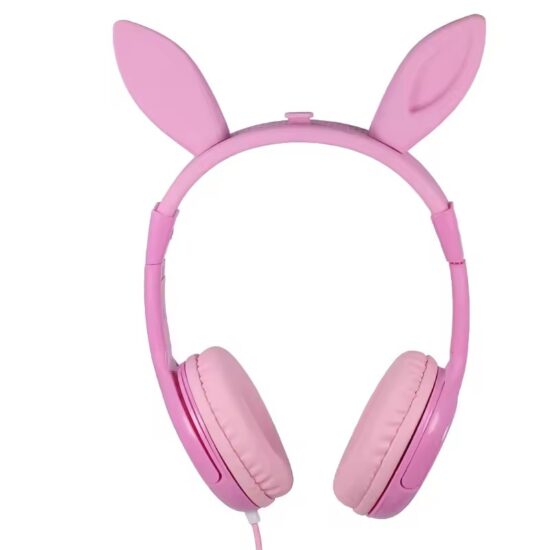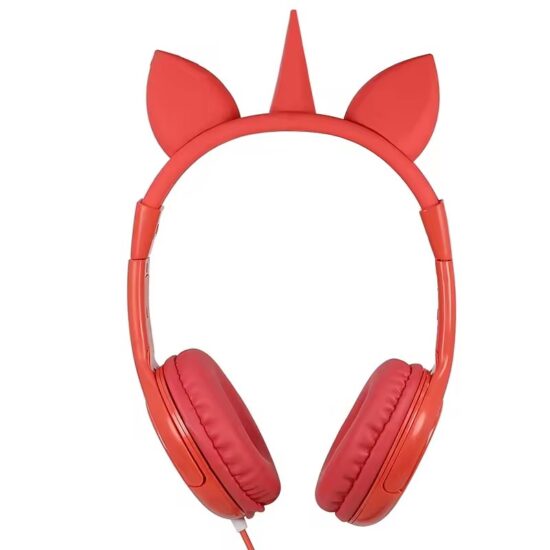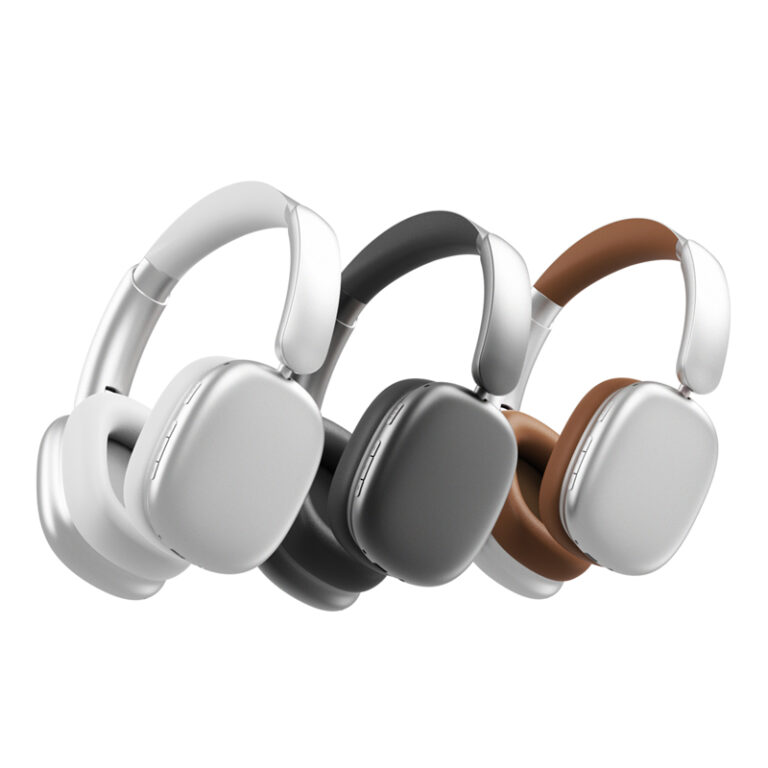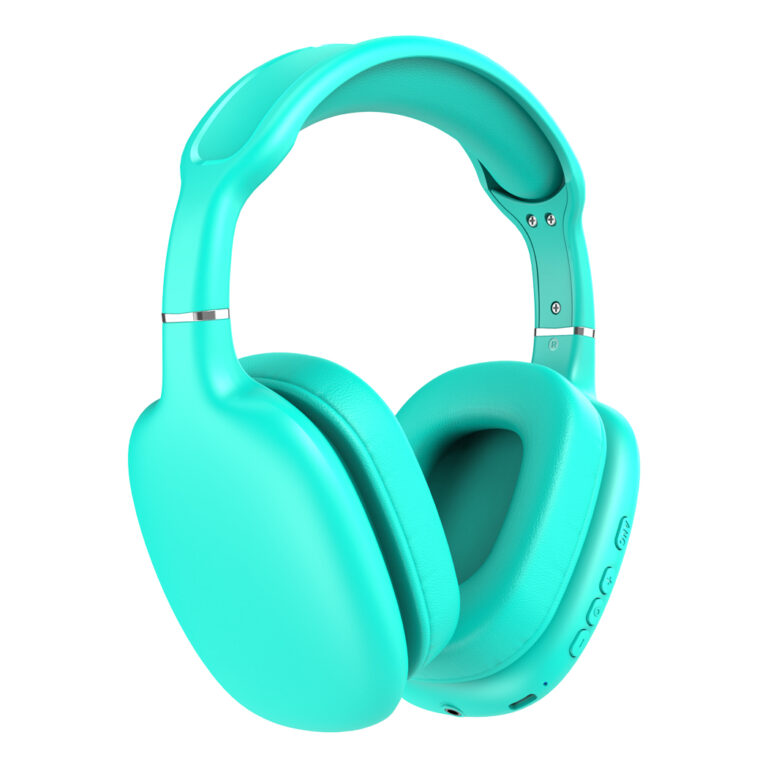jay@nbdho.com
How OEM Clients Participate in Design and Sampling Process
OEM (Original Equipment Manufacturer) clients play a critical role in the design and sampling stages of headphone production. Their involvement ensures that the final product reflects their brand identity, performance expectations, and target market preferences. Top headphone manufacturers work closely with OEM partners through a structured, collaborative process that transforms an idea into a production-ready product. Here’s how OEM clients participate in each phase:
1. Initial Consultation and Requirement Gathering
The process begins with a detailed discussion between the OEM client and the manufacturer’s project team. Clients share their vision, preferred headphone type (in-ear, over-ear, TWS, etc.), target market, feature set (e.g., ANC, Bluetooth version, battery life), and budget range. Design inspirations, user experience expectations, and competitive benchmarks are also explored.
2. Industrial and Acoustic Design Collaboration
Based on the client’s requirements, the manufacturer’s design and R&D teams develop initial concepts and acoustic targets. Clients often review sketches, 3D models, and early acoustic simulations. They can provide feedback on design aesthetics, ergonomics, material selection, and color schemes. Close coordination ensures that the product aligns with the client’s brand language and technical expectations.
3. Functional Specification Agreement
Before proceeding to sampling, both parties agree on key specifications such as driver size, Bluetooth chipsets, codec support (e.g., aptX, AAC), microphone configuration, and battery capacity. The manufacturer may offer suggestions based on technical feasibility and performance optimization. This step finalizes the product blueprint that guides prototyping.
4. Prototyping and First Sample Production
Manufacturers create the first physical samples based on the agreed design. These prototypes are sent to the OEM client for evaluation. Clients test them for comfort, fit, sound quality, control responsiveness, and aesthetics. Feedback from this phase is vital—it leads to the refinement of mechanical design, sound tuning, and interface behavior.
5. Revisions and Iterative Sampling
It is common to go through several rounds of sampling. Clients review updated versions, often comparing them side-by-side with previous iterations or competitor models. Adjustments may include tuning the bass response, improving mic clarity, changing button layout, or enhancing material finish. OEM clients are highly involved here, making decisions that directly shape the final product.
6. Packaging and Branding Input
Clients also participate in developing the product’s packaging and accessories. They provide brand guidelines, approve packaging design, and decide what extras (e.g., carrying cases, ear tips, manuals) should be included. Custom branding, logo placement, and messaging are finalized during this stage.
7. Final Sample Approval
Once all revisions are complete, the client receives the golden sample—a fully functional and cosmetically approved version. This final sample serves as the production standard. Approval from the OEM client is required before mass production begins.
In conclusion, OEM clients are not passive buyers; they are deeply engaged in shaping the product at every stage. Their collaboration with the manufacturer ensures that the final headphones meet brand expectations and stand out in a competitive market. This hands-on approach to design and sampling helps OEMs launch successful, custom-tailored audio products.





